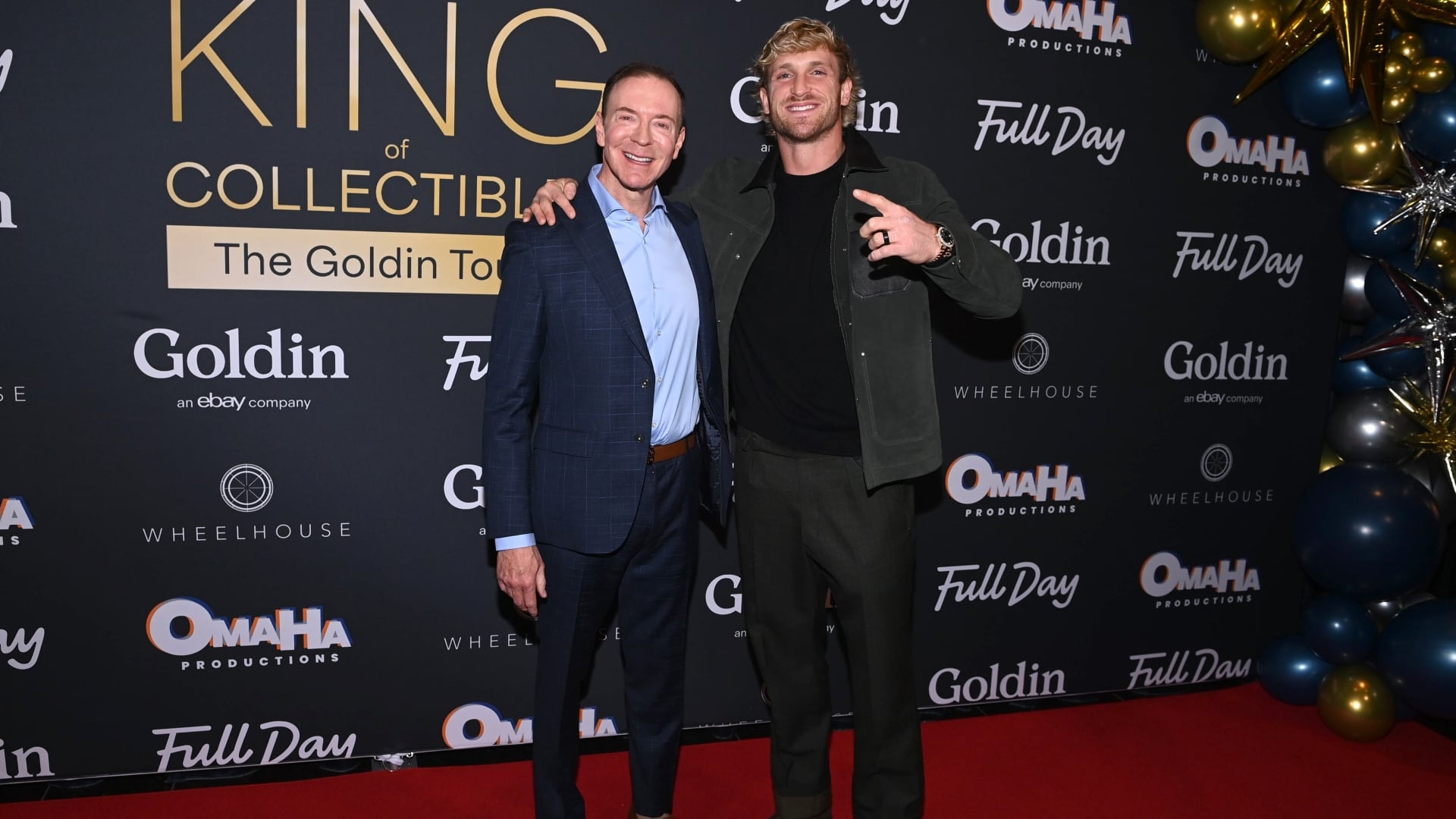As travel, dining out, and other in-person experiences died down during the height of the pandemic, people started shifting their spending towards tangible goods. Oftentimes, that included buying sparkly, shiny, and bespoke.
"This has been the greatest jewelry year in the history of jewelry buying," Charles Krypell Fine Jewelry co-owner Charles Krypell said. "If they admit it or don't if they dig deep into their mind, they'll see it's all a subliminal want and need."
After 45 years of working as a designer, Krypell decided to open his first brick-and-mortar location on Long Island in 2021. Business is going well, including a few multimillion-dollar transactions for rare pieces.
"The pandemic brought out an idea that I'm not going to do anything — I can't travel, I can't do all these things I love — but what I can do is maybe go and buy something that's going to become generational," he explained.
Most brick-and-mortar jewelry stores were closed in 2020, which may have led to jewelry sales dropping about 15 percent from the year before according to trade industry group The Plumb Club. In 2021, sales rebounded about 38 percent, taking the industry above pre-pandemic levels.
"During the economic strife, there's a downturn in actual jewelry sales, followed by a rebound within 12 to 18 months," The Plumb Club executive producer Lawrence Hess said. "However, with the pandemic, that downturn was much shorter-lived. And that rebound has been much quicker and much stronger than we've seen in any recent history."
Part of that may be attributed to what the National Retail Federation is calling a $2.5 trillion "savings buffer" of money accumulated from not spending on events.
"It also gave us the desire to have something material, something we could hold on to, something we could touch, feel, something physical to remind us of loved ones," Hess said.
Hess noted a boom in earring and necklace sales or jewelry that could be seen if someone was chatting on Zoom. Another trend he saw was an increase in engagement rings, especially among millennials, which were up 20 percent year-over-year, per The Plumb Club.
It's something Charles Krypell Fine Jewelry director of retail Evan Krypell also observed as a leading category for the store. He believes the pandemic jump-started a lot of relationships, forcing couples to move in earlier than they may have before.
"This really accelerated the phenomenon of them either breaking up or saying 'Let's get engaged,' and taking the next step in their relationship," he said.
While the trend of mM Instagrammable moments over products may have been true before the pandemic, the changing times caused a shift in priorities.
"When I started in this business, everyone was saying, 'Oh, millennials don't want jewelry,'" said Evan Krypell. "And that was a little scary. But it couldn't be farther from the truth. millennials want to buy things that are crafted and well-made."
The difficult times may also have driven people back to the basics of buying jewelry and gold.
"In times of uncertainty, people kind of go back to the old way of doing things," he said.








